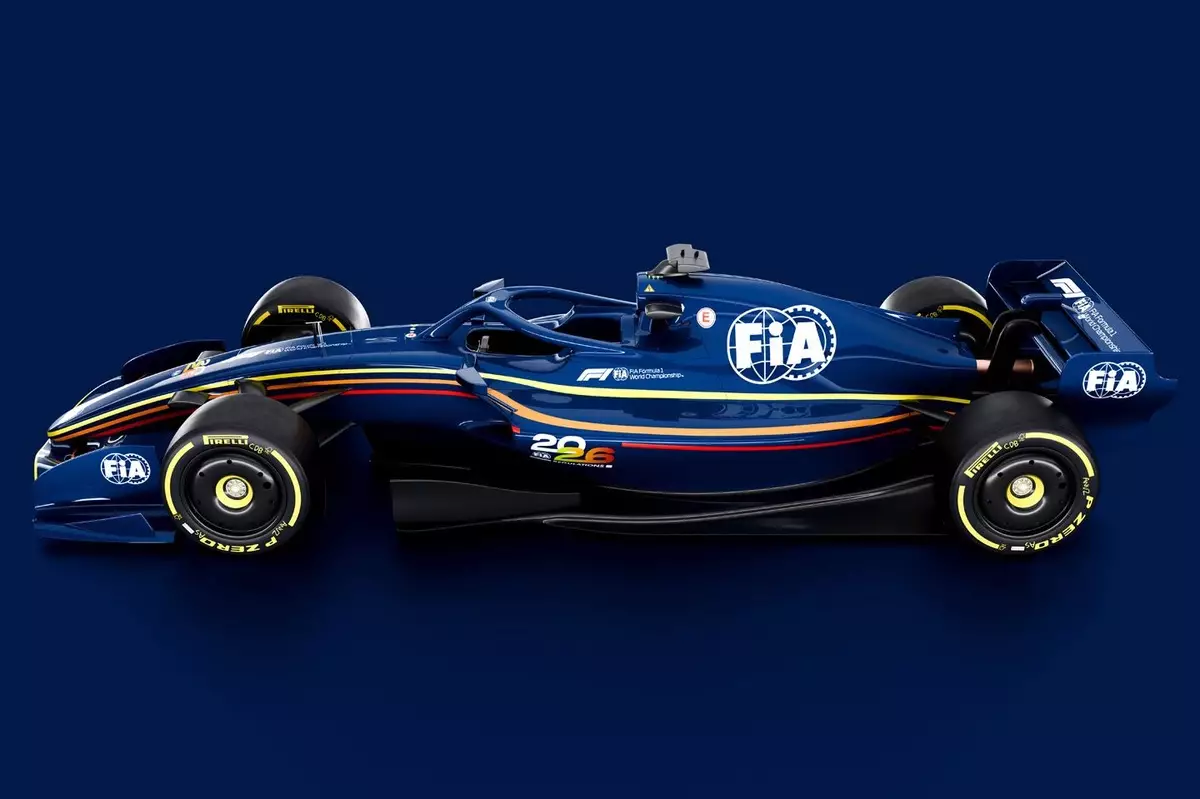Navigating the Challenges of Ground-Effect Cars in Formula 1
Formula 1 has always been a thrilling blend of speed, strategy, and cutting-edge technology. It’s a sport that never stands still, always pushing the boundaries of what’s possible on four wheels. Since the reintroduction of ground-effect cars in 2022, teams have been navigating a complex landscape filled with new challenges and opportunities. These cars are not just about raw speed; they represent a whole new way of thinking about aerodynamics and mechanical grip, which has brought a fresh set of hurdles for engineers to overcome.
As someone who loves the intricate details behind racing, I’ve found this era of Formula 1 particularly fascinating. The interplay between downforce and mechanical grip is like a delicate dance, where every tiny adjustment can make a world of difference. When I first heard about the issues teams were facing with porpoising, it reminded me of cooking—where balancing flavors is key to creating the perfect dish. Here, it’s all about finding that sweet spot between aerodynamic efficiency and stability on the track.
Whether you’re watching from the grandstands or following from home, you can’t help but be captivated by how these technological marvels are sculpted to perfection. But like any great recipe, there’s always room for improvement and innovation. Today, we’ll explore how Formula 1 teams are tackling the complexities of ground-effect cars and what this means for both drivers and fans alike.
Key Takeaways
- Ground-effect cars have redefined aerodynamics in Formula 1 since 2022.
- The phenomenon known as porpoising poses significant challenges for teams.
- Upcoming regulation changes aim to address safety and performance concerns.
The Porpoising Predicament
At the core of the ground-effect design lies an impressive ability to generate downforce by manipulating airflow beneath the car. This downforce is essential for performance but also introduces the notorious issue of porpoising. Imagine driving at high speeds while your car rhythmically bounces up and down—it disrupts not only the driver’s concentration but also affects lap times significantly. Mercedes’ technical director, James Allison, has voiced concerns that current designs require minimal ground clearance, leading to instability and unpredictable handling.

As we look toward future regulations set for 2026, changes are being crafted with safety and adaptability in mind. Nikolas Tombazis from FIA has indicated that these new rules aim to lessen reliance on extremely low-riding setups. By easing up on these stringent requirements, teams will gain valuable flexibility in their aerodynamic configurations without being bound by such low clearance demands. This shift could open up new possibilities for car setup that better balance performance across different circuits.
Certain tracks, like Austin’s Circuit of the Americas with its mix of fast straights and challenging corners, highlight the limitations of low-clearance setups. In such environments, a car must be versatile enough to handle varying speed requirements effectively. Under previous regulations, options were limited when it came to tailoring setups to suit diverse circuit features—something that engineers like Allison have been keenly aware of.
Adapting to Change
The evolution of ground-effect design is poised to lead us into an exciting new chapter in Formula 1 history. A more forgiving aerodynamic approach could deliver not just faster cars but safer ones as well. Imagine watching races where drivers can truly push their machines without constant worries about oscillation or losing control. Such advancements promise to heighten the excitement on track while preserving safety standards—a win-win for everyone involved.

The return to ground-effect design has undoubtedly revitalized Formula 1 racing, bringing unique challenges alongside opportunities for innovation. Engineers like Allison are rightfully pointing out areas needing attention; however, ongoing developments hold promise for exhilarating changes that may redefine racing experiences soon enough. As teams adjust strategies amidst shifting regulations during this transitionary period—fans can look forward eagerly as they witness how these adaptations shape future competitions within this high-speed world.
Final Thoughts
In conclusion, navigating through the complexities introduced by ground-effect cars requires ingenuity from both engineers and drivers alike—a testament to why we love motorsport so much! The balance between performance optimization versus safety considerations remains crucial as stakeholders strive towards creating thrilling races filled with drama yet ensuring protection remains paramount throughout each contest held worldwide today more than ever before!
ground effect
Formula 1
aerodynamics
racing technology


Leave a Reply